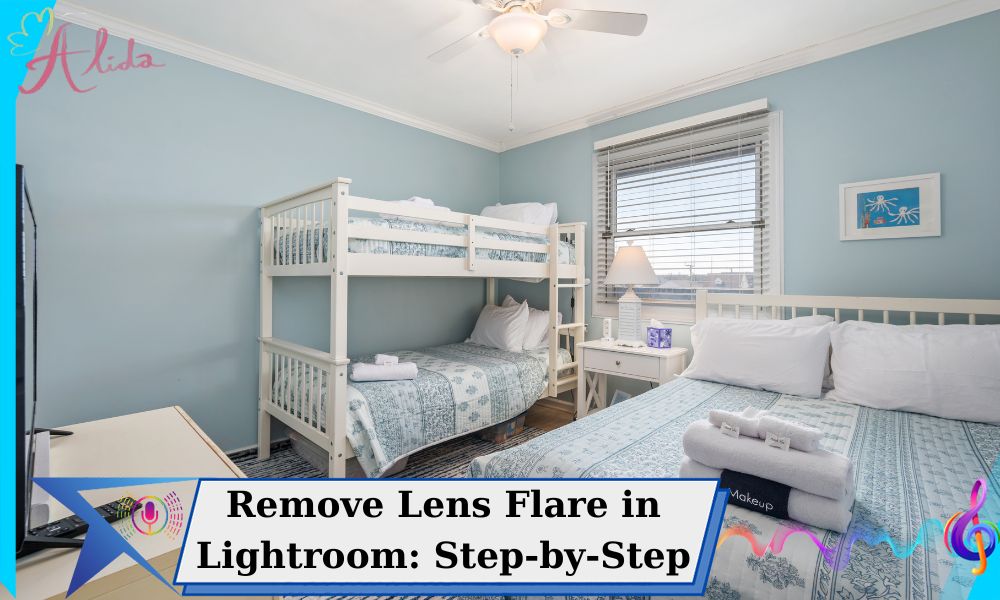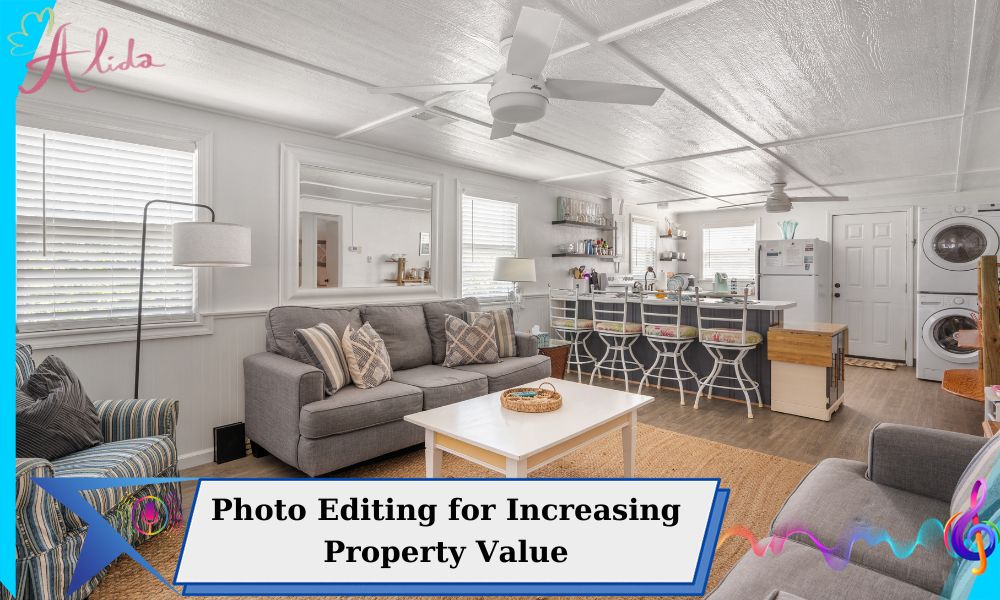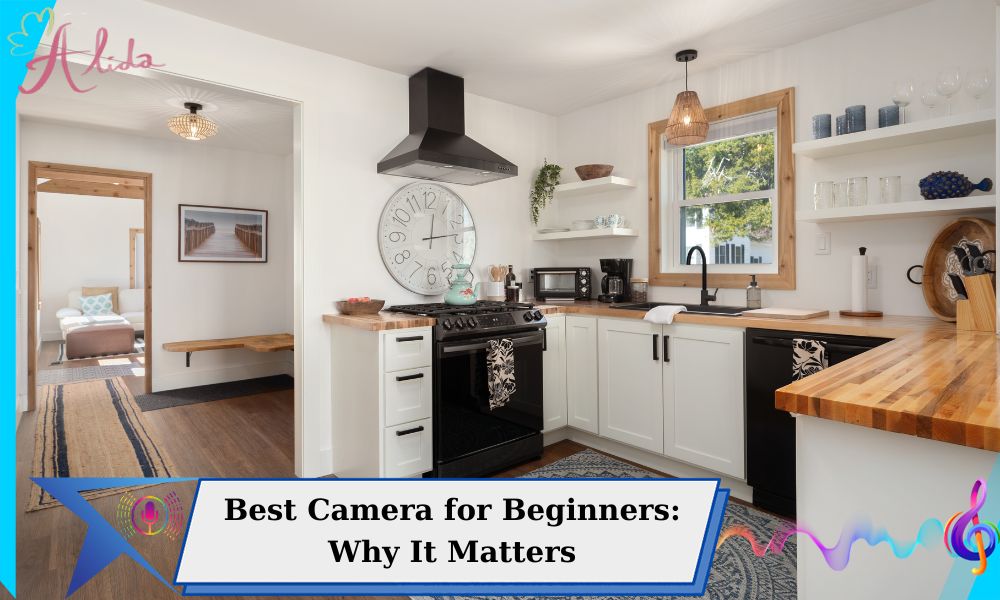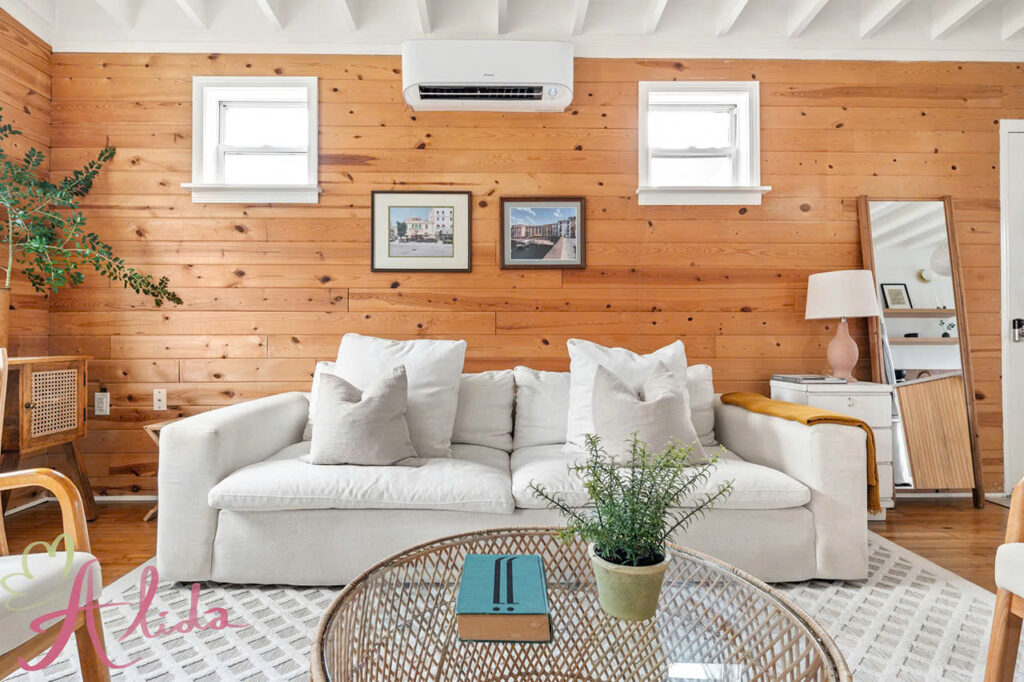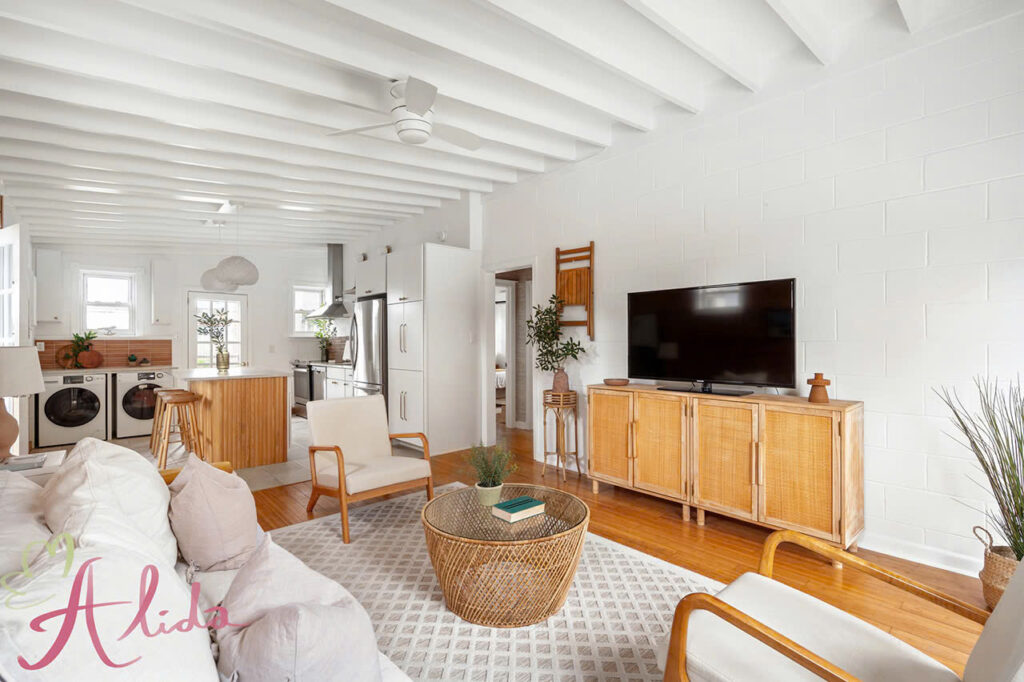Real estate photography is the art of capturing properties through professional photography techniques to attract potential buyers and renters. In an increasingly digital market, high-quality visuals can make or break a property listing. But do you know how many types of real estate photography exist? Let’s explore the diverse styles and techniques used in real estate photography and their importance in showcasing properties effectively.
The Vital Role of Real Estate Photography in Marketing
In real estate marketing, photography plays a crucial role.It serves as the first impression for potential buyers or renters. Quality images not only highlight the unique features of a property but also evoke emotions and create a connection with viewers. According to studies, property listings with professional photos sell faster and for higher prices than those with amateur images. This underscores the importance of understanding the different types of real estate photography to cater to specific needs.
Types of Real Estate Photography
1. Interior Photography
Interior photography focuses on capturing the indoor spaces of a property. Its primary aim is to highlight the layout, design, and functionality of the interior.
- Purpose: Showcase living spaces, bedrooms, kitchens, and other interior areas to convey comfort and style.
- Key Techniques: Utilize natural lighting whenever possible, employ wide-angle lenses for expansive views, and ensure proper staging to enhance visual appeal.
2. Exterior Photography
Exterior photography highlights the external appearance of a property, including its architectural features and surroundings.
- Purpose: Create a strong first impression and attract attention to the property.
- Key Techniques: Shoot during the golden hour for optimal lighting, use strategic angles to emphasize size and design, and incorporate landscaping to add vibrancy.
3. Aerial Photography
Aerial photography uses drones to capture breathtaking views of properties from above. It provides a unique perspective that’s especially useful for large estates, commercial properties, or scenic locations.
- Purpose: Showcase the property’s location, layout, and proximity to amenities or natural landmarks.
- Key Techniques: Use drone technology for high-resolution shots and apply advanced editing to enhance clarity and detail.
4. Detail Photography
Detail photography focuses on the finer aspects of a property, such as intricate design elements, high-end finishes, or unique architectural features.
- Purpose: Add personality and charm by emphasizing small yet impactful details.
- Key Techniques: Employ macro lenses for close-ups and carefully frame shots to isolate the subject.
5. 360° Photography and Virtual Tours
360° photography and virtual tours offer an immersive experience, allowing potential buyers to explore properties remotely.
- Purpose: Increase engagement, especially for international buyers or those unable to visit in person.
- Key Techniques: Use specialized 360° cameras, ensure consistent lighting, and employ software to create seamless virtual tours.
Tips and Techniques for Types of Real Estate Photography
1. Preparing the Space
Before shooting, it’s essential to prepare the property. Declutter rooms, clean thoroughly, and stage furniture for a polished look. Props, such as fresh flowers or cozy throws, can make the space feel more inviting.
2. Using Professional Equipment
Invest in high-quality equipment for professional results. A DSLR or mirrorless camera paired with a wide-angle lens is ideal for capturing real estate interiors. Use a sturdy tripod to maintain stability and achieve sharp images.
3. Mastering Lighting
Lighting is a critical factor in real estate photography. Achieve a well-lit space by balancing natural and artificial lighting. Avoid harsh shadows by using reflectors or additional lighting when necessary. For exterior shots, aim to photograph during the golden hour for warm, soft lighting.
4. Post-Processing
Editing is the final step to enhance real estate photos. Use software like Lightroom or Photoshop to adjust brightness, contrast, and color balance. Remove distractions and ensure the images represent the property’s true potential.
Why Real Estate Photography Matters
Real estate photography is more than just pictures; it’s a storytelling tool. Professional photos:
- Boost Property Sales: Listings with high-quality photos attract more attention and sell faster.
- Create a Strong First Impression: Beautiful visuals captivate viewers and make properties stand out.
- Build Credibility: Professionally photographed listings convey professionalism and reliability.
Conclusion
Real estate photography encompasses a wide range of styles, from interior and exterior shots to aerial views and immersive virtual tours. Each type serves a specific purpose and contributes to presenting properties in the best light. To achieve optimal results, hiring a professional photographer is highly recommended.
If you’re looking to elevate your property visuals further, consider Alida’s Real Estate Photo Editing Services. With years of expertise in enhancing real estate images, we ensure your listings stand out in today’s competitive market. For inquiries, contact us at photonews121@gmail.com.

